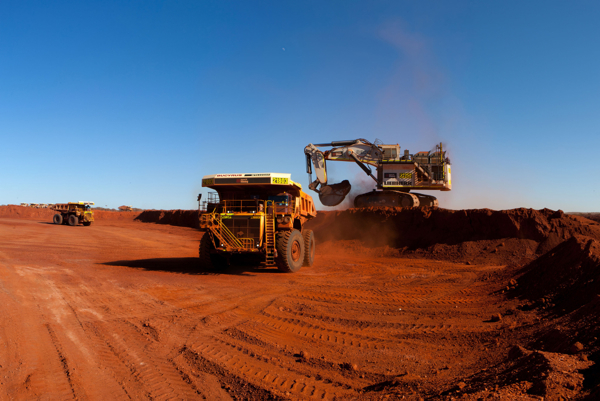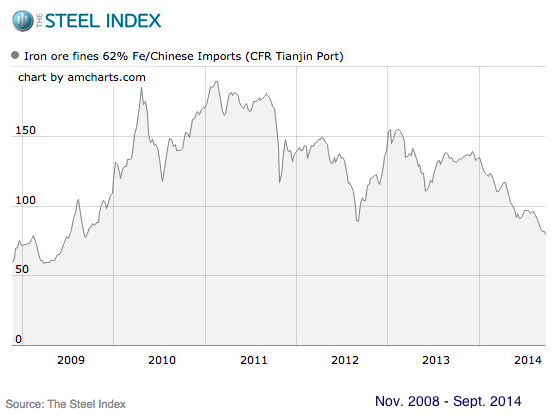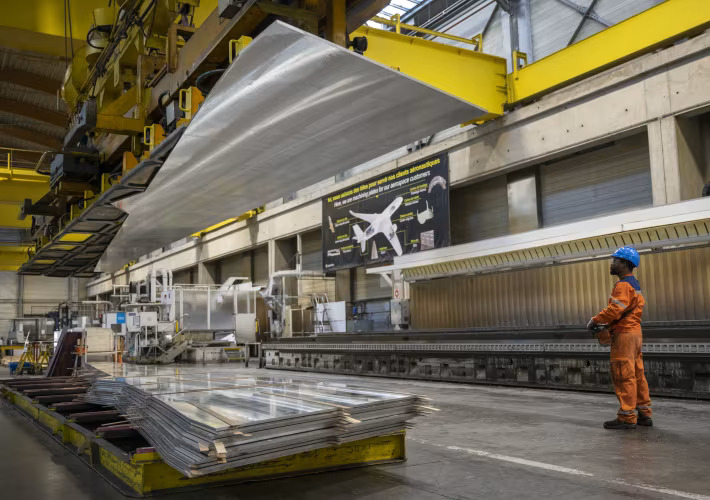Australia, Brazil to control 90% of global iron ore trade by 2020

Despite iron ore prices touching rock bottom, the top three producers have no plans to slowdown production. Quite the contrary.
Australia and Brazil, the two largest iron ore producing countries, are forecast to increase their combined share of global seaborne supply to 90% by 2020 as mining giants VALE (NYSE:VALE) and Rio Tinto (LON:RIO) continue to boost output and push higher-cost miners out of the market, research shows.
The two countries are expected to rise their joint share from 73% last year to 79% in 2015, Macquarie Group Ltd. notes in a commodities report sent out Wednesday.
Oversupply, together with a slowdown in demand from top consumer China, has caused prices to plummet by almost 40% this year below $80 per ton, their lowest level since 2009. And the top three iron miners have no plans to slowdown their plans to boost production.
Delivering its third quarter results today, Rio Tinto —the world’s second-largest producer of the steel-making ingredient— said iron-ore output increased 5% in the period. The miner added it aims to keep hiking production in order to win a greater share of the iron-ore export market.
“Our strategy of focussing on long-life, low-cost assets means we will continue to generate strong cash flows despite a lower price environment, resulting in materially increased and consistent cash returns to shareholders,” CEO Sam Walsh said in a statement.
He added the size of its operations in the remote northeast of Australia allows it to produce ore at a significantly lower cost than its competitors.
Walsh also reiterated expectations that Rio would produce 295 million tons of iron ore globally this year, including output from its Canadian operations. In addition, he said the miner intends to sell around 5 million tons of extra ore from its own stockpiles.
BHP Billiton (ASX:BHP), the world’s largest mining company, said last week it will to lift its iron ore capacity by almost 30% without building any new mines and vowed to overtake Rio as the world’s most profitable producer of the steelmaking commodity.
And Vale, the world’s largest iron-ore mining company, has said it plans to boost output to 450 million tons by 2018 from 306 million last year.
If everything goes according to plan, global surplus of seaborne will more than triple to 163 million tons next year from 52 million this year, according to Goldman Sachs Group Inc. The bank projects an expansion to 245 million tons in 2016, 295 million tons in 2017 and 334 million tons in 2018.
{{ commodity.name }}
{{ post.title }}
{{ post.date }}





Comments